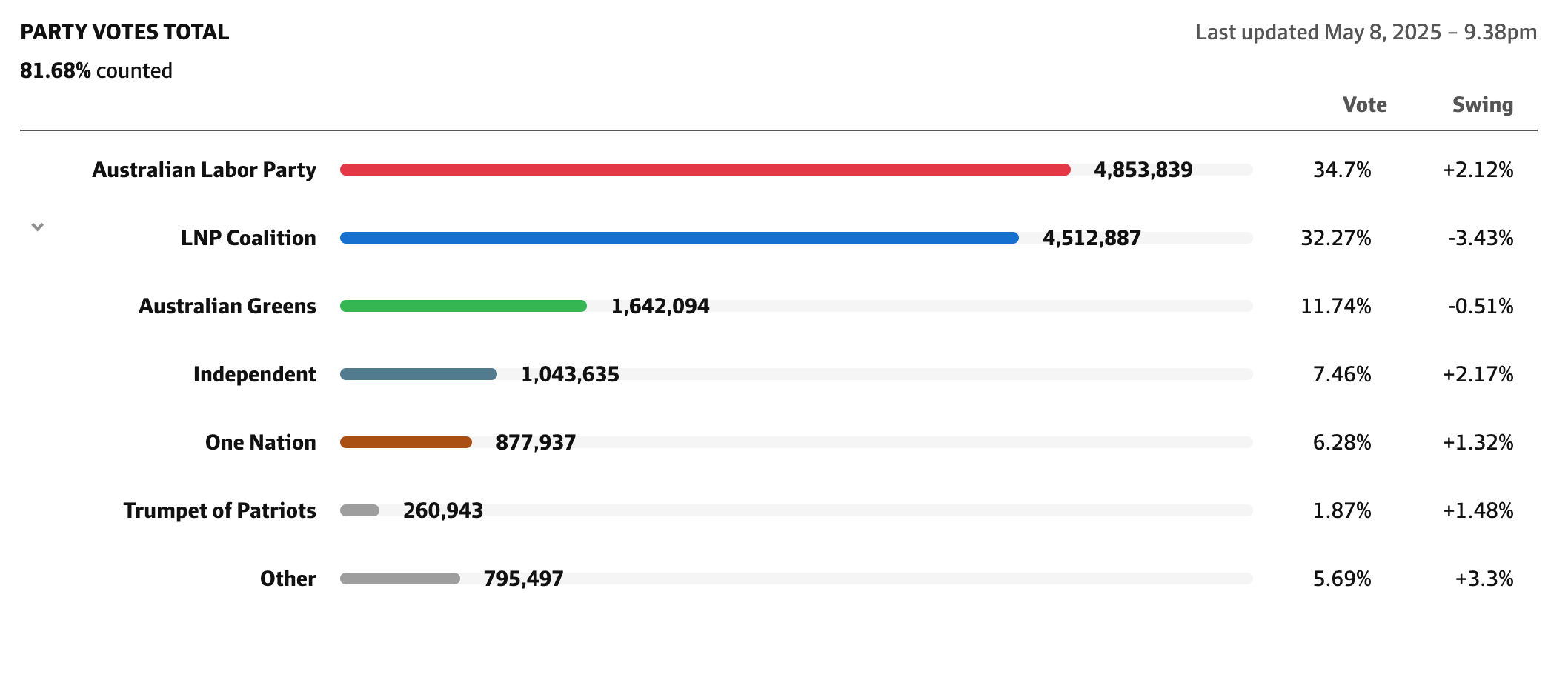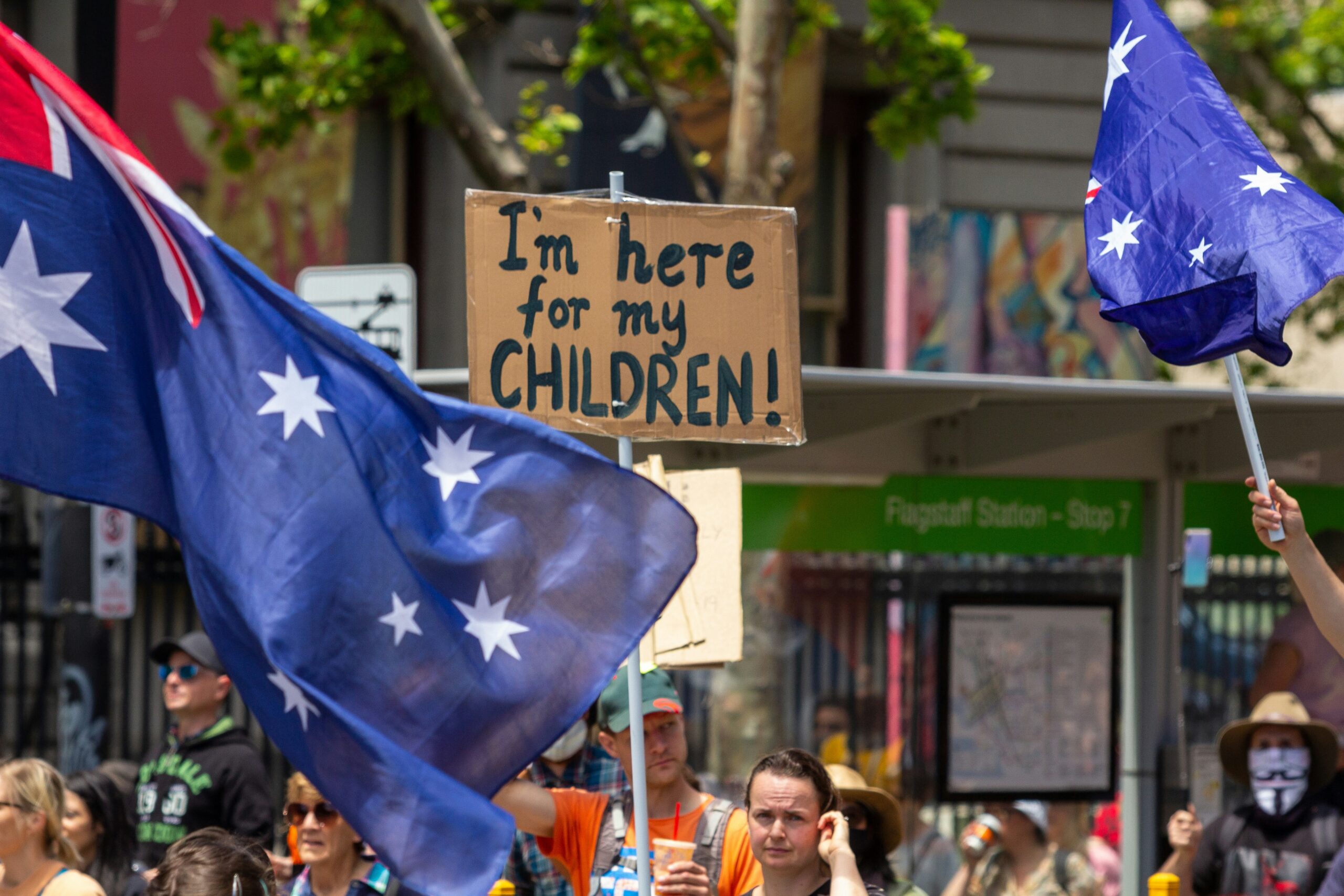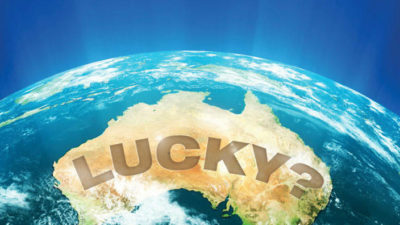What Australia’s rejection of Dutton says about us
Over the weekend the Australian public resoundingly voted in favour of keeping the status quo in government, with Labor effectively blocking Peter Dutton from the top job, as well as toppling him from his long held seat in Dickson.
While the votes are still being tallied, Labor needed 76 seats for a majority and is currently (as of Thursday evening) sitting at a whopping 90 seats.


So where did Dutton go so wrong? All signs point to his divisive use of the culture wars as his main tactic to gain votes – with it obvious that he was hoping that Australia would swing the same conservative way as the US did with Trump.
While Albanese focussed on positive messaging and social cohesion in a time of great international political upheaval, Dutton leant on divisive messaging and resorted to anti-immigration sentiment, attempted to fuel irritation with welcomes to country, and spoke about a woke school curriculum.
In an article on SBS, Redbridge Group director Simon Welsh said that this focus on the culture wars took the Coalition off-message and away from what most conservative voters cared about – like cost of living pressures and housing.
Welsh argued that comments about Welcome to Country ceremonies gave a “whiff of Trumpiness” that may have concerned voters.
And while Dutton also banked on voters laying the blame for cost of living pressures on immigrants (he promised to slash Australia’s net overseas migration levels by 100,000 if elected), it seems he is also out of touch around Australian sentiment in that regard.
In an 2015 ANUpoll on national identity found that 86% of Australians believe immigrants improve Australian society and cultures, with a further 83% believing that immigrants are good for the economy.
In the 2019 Australia Talks National Survey, over 50K respondents stated that the most important attribute to being Australian was “respecting Australia’s institutions and laws”, followed by an appreciation of Australia’s natural environment. Low on the list? Being white or born in Australia.
So what are some of the key factors that influence national identity in Australia?
History and Colonisation
The legacy of British colonisation (since 1788) plays a foundational role—shaping language, institutions, and legal systems.
The Anzac legend (WWI) fosters values like mateship, resilience, and sacrifice.
Increasing recognition of Indigenous history is challenging and reshaping dominant narratives.
Indigenous Culture and Reconciliation
Aboriginal and Torres Strait Islander cultures are the world’s oldest continuous cultures and are increasingly acknowledged as central to Australian identity.
Debates about recognition, treaty, and reconciliation (e.g., the Uluru Statement from the Heart) are redefining who “belongs” in the national story.
Multiculturalism and Immigration
Post-WWII migration and the dismantling of the White Australia Policy transformed Australia into one of the most multicultural nations in the world.
This diversity shapes food, language, art, religion, and everyday life—broadening traditional conceptions of “Australian-ness.”
Geography and Environment
Australia’s isolation, vast landscape, beaches, and harsh interior have nurtured values like independence, resourcefulness, and a deep connection to nature.
Climate change, droughts, and bushfires are prompting national conversations about environmental responsibility and identity.
Media and Popular Culture
Australian film, music, sport (especially AFL, cricket, rugby), and humour reinforce shared values and identities.
Global media influences and digital culture also challenge and diversify those narratives.
Politics and Policy
National identity shifts with political leadership and discourse—on issues like immigration, refugees, Indigenous rights, and Australia’s place in the world (e.g., alignment with the U.S. vs. Asia-Pacific).
The republican debate and the role of the monarchy remain symbolic identity flashpoints.
Globalisation and Regional Position
Australia’s economic and strategic position in Asia influences how it sees itself—not just as a Western nation, but also as a regional player.
Tensions between global engagement and local values continually reshape national identity.
In essence, Australian identity is not static—it’s a dynamic negotiation between old myths and new realities, Indigenous roots and migrant stories, Western traditions and Asia-Pacific geography.




